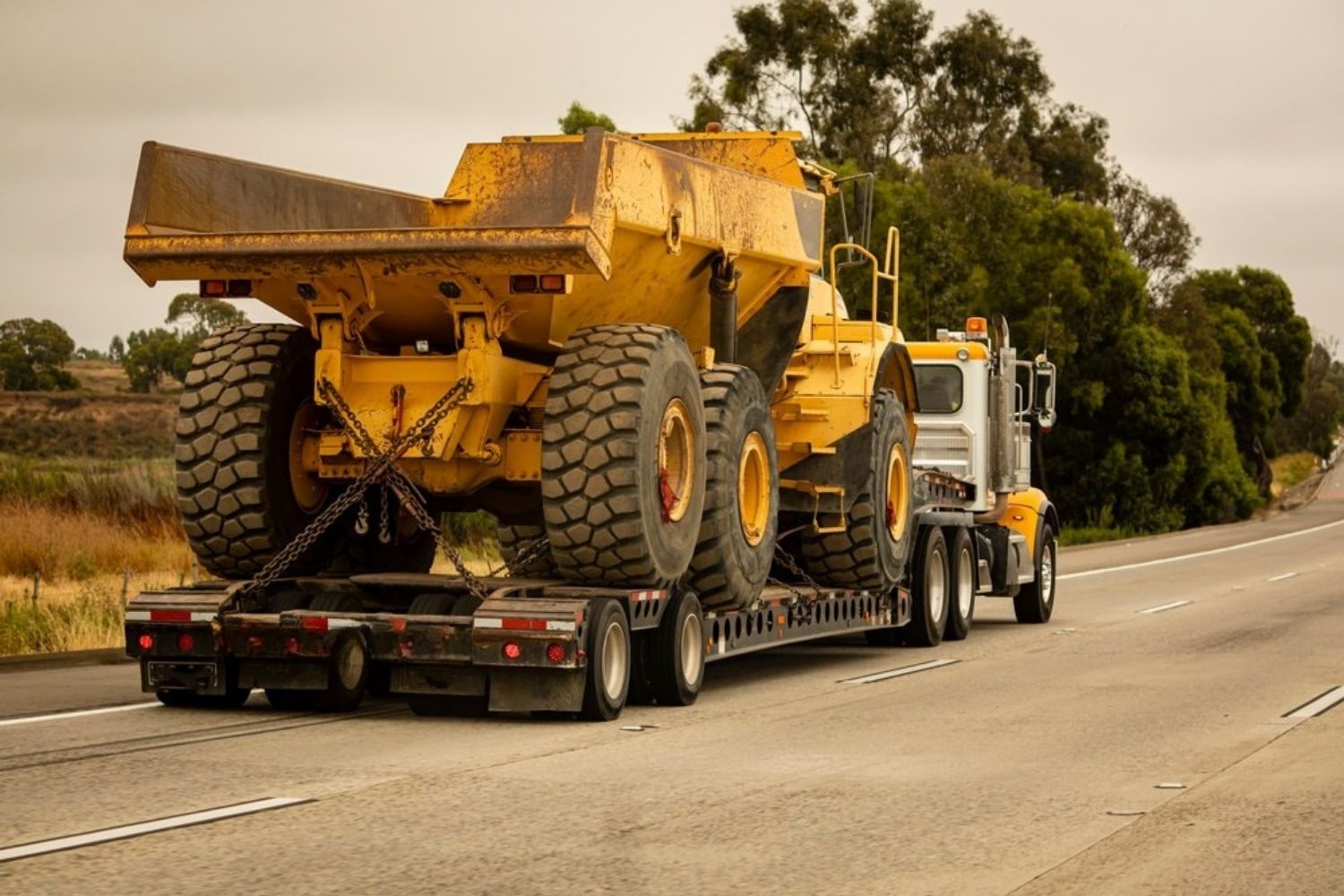
Hauling is more than just moving stuff from one place to another. It's a critical part of many industries, from construction to waste management. Ever wondered what makes hauling so essential? Hauling involves transporting heavy loads using trucks, trailers, or other vehicles. This process ensures materials, goods, or debris get where they need to be efficiently. But there's more to it than meets the eye. From the types of vehicles used to the regulations that keep everything safe, hauling is a complex and fascinating field. Ready to learn some interesting facts about hauling? Let's dive in!
What is Hauling?
Hauling involves transporting goods, materials, or waste from one place to another. It's a crucial part of many industries, including construction, waste management, and logistics. Let's dive into some fascinating facts about hauling.
-
Ancient Origins: Hauling dates back to ancient civilizations. Egyptians used sledges to move heavy stones for pyramid construction.
-
Horse Power: Before engines, horses were the primary means of hauling. They pulled carts, wagons, and even plows.
-
Steam Engines: The invention of steam engines revolutionized hauling. Trains could move massive loads over long distances.
-
Trucking Industry: The modern trucking industry began in the early 20th century. Trucks became essential for transporting goods across countries.
-
Heavy Haulers: Some trucks, known as heavy haulers, can carry loads exceeding 100 tons. These are used for transporting large machinery and equipment.
Types of Hauling
Different types of hauling cater to various needs. From moving household items to transporting industrial equipment, each type has its unique characteristics.
-
Freight Hauling: Involves transporting goods in bulk, often using large trucks or trains.
-
Waste Hauling: Focuses on collecting and transporting waste to disposal sites or recycling centers.
-
Construction Hauling: Moves construction materials like sand, gravel, and concrete to building sites.
-
Household Hauling: Helps people move their belongings when relocating to a new home.
-
Specialized Hauling: Involves transporting unique items like livestock, hazardous materials, or oversized loads.
Hauling Equipment
Various equipment is used in hauling, each designed for specific tasks. The right equipment ensures efficiency and safety.
-
Dump Trucks: Used for transporting loose materials like sand, gravel, or demolition waste.
-
Flatbed Trucks: Ideal for hauling large, heavy items that don't fit in enclosed spaces.
-
Tanker Trucks: Designed to transport liquids, such as fuel, water, or chemicals.
-
Refrigerated Trucks: Keep perishable goods like food and medicine at a controlled temperature during transport.
-
Tow Trucks: Used to move disabled or illegally parked vehicles.
Environmental Impact
Hauling has a significant impact on the environment. Efforts are being made to reduce this impact through various means.
-
Fuel Consumption: Hauling vehicles consume a lot of fuel, contributing to greenhouse gas emissions.
-
Electric Trucks: Electric trucks are being developed to reduce emissions and reliance on fossil fuels.
-
Route Optimization: Using technology to plan efficient routes can reduce fuel consumption and emissions.
-
Recycling: Waste hauling plays a crucial role in recycling efforts, helping to reduce landfill waste.
-
Eco-Friendly Practices: Some companies use eco-friendly practices, like using biodiesel or hybrid vehicles, to lessen their environmental footprint.
Hauling Safety
Safety is paramount in hauling. Proper training and equipment can prevent accidents and ensure the well-being of workers and the public.
-
Driver Training: Hauling drivers undergo extensive training to handle large vehicles and heavy loads safely.
-
Load Securing: Properly securing loads prevents them from shifting or falling during transport, reducing the risk of accidents.
-
Regular Maintenance: Keeping hauling equipment in good condition is essential for safe operation.
-
Safety Regulations: Governments have regulations in place to ensure the safety of hauling operations, including weight limits and hours of service for drivers.
-
Protective Gear: Workers often use protective gear, like helmets and reflective vests, to stay safe while loading and unloading materials.
Final Thoughts on Hauling
Hauling isn't just about moving stuff from one place to another. It's a vital part of many industries, from construction to waste management. Understanding the different types of hauling, like flatbed, dry van, and refrigerated, can help you choose the right service for your needs. Knowing the costs involved, including fuel, labor, and equipment, can save you money in the long run. Safety is crucial, so always ensure that your hauler follows regulations and uses proper equipment. Whether you're a business owner or just need to move some heavy items, being informed can make the process smoother and more efficient. So next time you need something hauled, you'll know exactly what to look for and what to expect. Happy hauling!
Was this page helpful?
Our commitment to delivering trustworthy and engaging content is at the heart of what we do. Each fact on our site is contributed by real users like you, bringing a wealth of diverse insights and information. To ensure the highest standards of accuracy and reliability, our dedicated editors meticulously review each submission. This process guarantees that the facts we share are not only fascinating but also credible. Trust in our commitment to quality and authenticity as you explore and learn with us.
